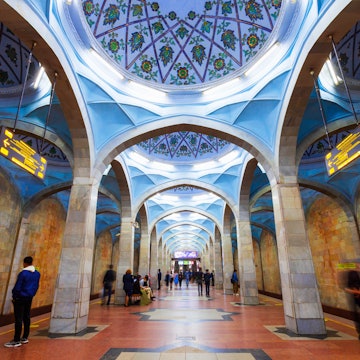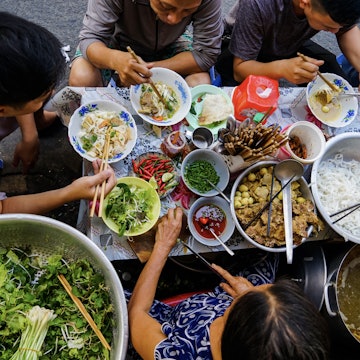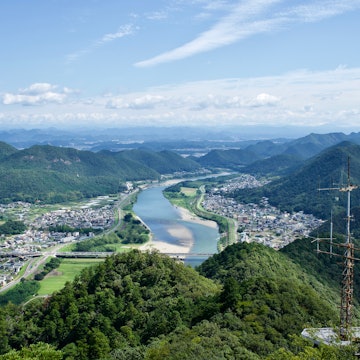

The futuristic skyline of Shanghai's Pudong district. dongfang zhao/Getty Images
Anything feels possible in Shanghai’s swirling metropolis of around 30 million people, with its iconic modern skyline, super-fast transport, endless glamour and rich history. Not easily pigeonholed, China’s largest and most cosmopolitan city is a walk through the past and present, where splendid art deco architecture sits near grand Buddhist temples, traditional shíkùmén (stone-gate houses) and hyper-real neck-craning skyscrapers. Visitors can peruse sparkling new art galleries, attend goose pimple-inducing classical concerts, and sip whiskey in dusty jazz houses, like folks did in Shanghai’s 1930s heyday.
Surprisingly laid-back for a city of its gargantuan size, there’s always somewhere to unwind – sprawl out in one of the city’s many cherry blossom-sprinkled parks or gardens or slowly cycle the quiet leafy streets of the former French Concession.
Fuel adventures with Shanghai’s seriously good food. Dining budgets stretch far – whether you want a standout Michelin-starred meal or to slurp noodles made by a roadside vendor. Pull up a chair, watch this city on the move, and take a bite of this endlessly alluring place.
When should I go to Shanghai?
Shanghai is busiest in summer when the city’s parks and outdoor terraces come to life, but it’s often hot and sticky (although most places in the city offer air-conditioning). Spring and late September to October offer ideal weather with their mild days and nights. Winter is cold and, while there are plenty of indoor attractions indoor, heating is scarce (dress up warm).
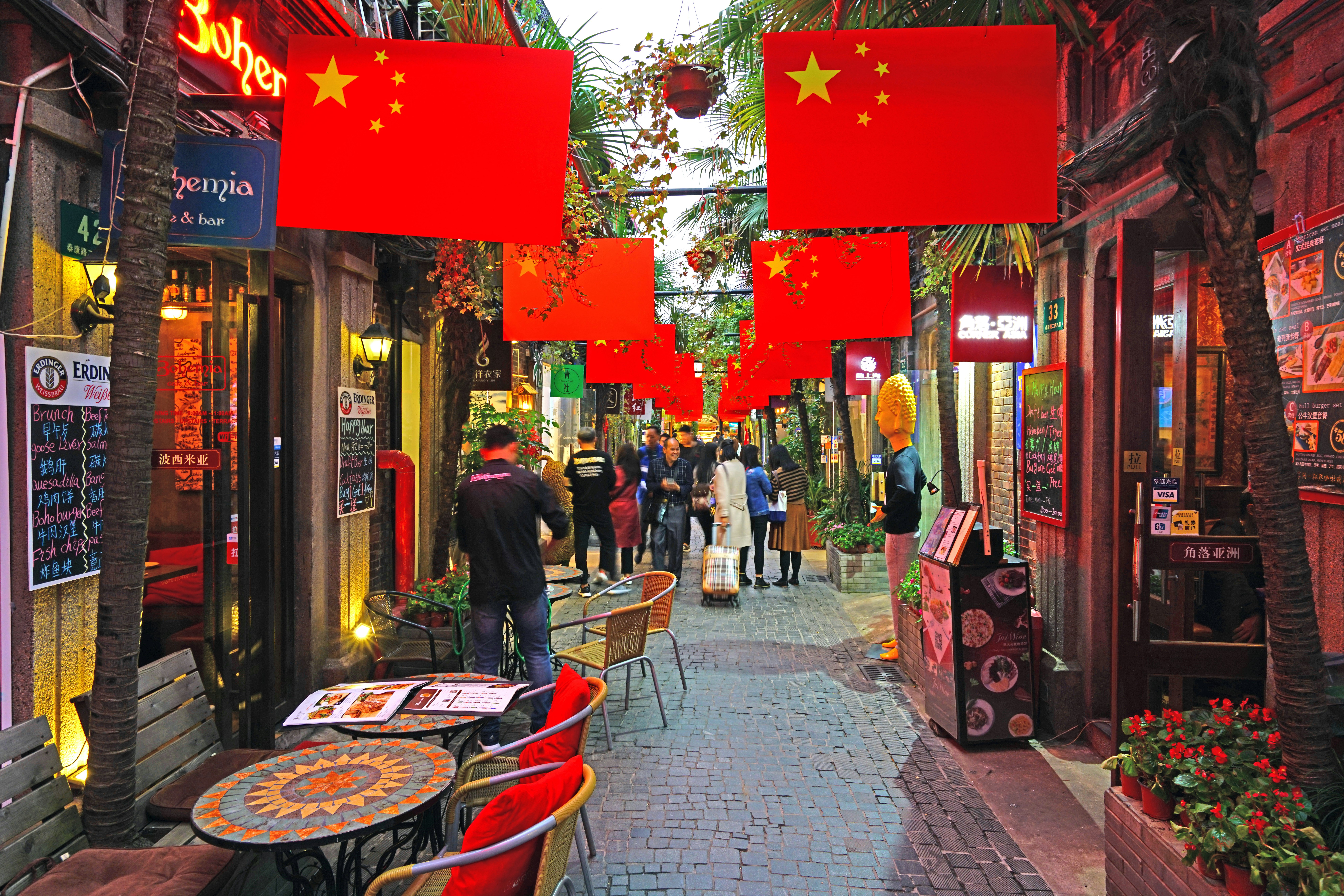
How much time should I spend in Shanghai?
Shanghai is a sprawling mega-city. You could spend months exploring, but it easily impresses no matter how long you stay. If you’re there for a stopover, stay central – start at the iconic Bund promenade with concession-era buildings and epic views of Pudong’s gargantuan modern skyline. For a break from the crowds, savor the art deco grandeur of the Fairmont Peace Hotel, at the end of East Nanjing Rd. Art lovers should drop into the Rockbund Art Museum, then head west along East Nanjing Rd to the city’s most famous meeting place – People’s Square.
Those with longer in the city should venture into the leafy former French Concession to explore shíkùmén architecture and fancy boutiques of Xintiandi or Tianzifang’s warren of lanes before watching artists at work at the Shanghai Arts and Crafts Museum. Kick back by relaxing in French-designed Fuxing Park, where you can watch locals practice tai chi or play mahjong. Quirky art fans will enjoy the bold, vibrant and retro prints at Propaganda Poster Art Centre, with one of the largest collections of Chinese propaganda art in existence. For dinner, head to Xibo for spicy, tangy salad and cumin lamb from Xinjiang province in a smart setting.
Is it easy to get in and around Shanghai?
Most international travelers arrive at Pudong International Airport. The metro is the quickest way to travel around town (there are metro stations at the major airports). Tickets are cheap (usually less than ¥7/US$1 per trip) and trains run regularly with few delays.
Central Shanghai is easily walkable, with sidewalks on almost all streets and plenty of pedestrians. Use crosswalks and don’t attempt to jaywalk at large intersections. Shanghai is a huge city and walking from one side to the other would take a day.
Taxis are also a convenient and easy way to travel (use the Alipay app to arrange point-to-point transfers, like Uber). There are also buses running all over Shanghai. They are slow-going on Shanghai’s congested roads and more difficult for non-Chinese speakers to navigate with maps in Chinese, but they can be useful and are a cheap option. Bikes can be rented from docks all over the streets of Shanghai. They are handy for sightseeing around smaller neighborhoods, but not so useful for large distances. Expect to pay around ¥2 (US$0.30) per journey (use the Alipay app to unlock HelloBikes).

Top things to do in Shanghai
See what’s architecturally possible
The Bund, China’s grandest concession-era legacy is a spectacle. This 0.8km (0.5-mile) stretch of European architecture sits on the east side of the Huangpu River and offers a peek at the past, and the boom times of Shanghai’s old financial district. Wander the promenade, watch the sun set and see how far the city’s building capabilities have come while gazing at views across to Pudong, with its futuristic skyscrapers of different shapes, some so tall they pierce the clouds. Come nightfall, buildings are illuminated in kaleidoscopic lights like a scene from the 1982 science-fiction movie Blade Runner.
Walk on air at the Oriental Pearl TV Tower
Ascend to the bulbous pink balls of Shanghai’s 468m-tall (1535ft) tripod tower for vertigo-inducing views during a stroll along the world's only 360-degree transparent walkway. Take the elevator even higher for dinner at a revolving 267m-high (876ft) restaurant, for unobstructed vistas of the historic Bund. Entrance tickets to the tower include a visit to Shanghai History Museum on the ground floor, for a fascinating look at the city’s urban history and development, with immersive models and scenes with some 1000 artifacts and 100 waxwork figures. For a low-budget, but supremely tasty snack, head to superb Yang's Fry Dumplings just north of the Pearl Tower specializing in legendary fried dumplings covered in sesame seeds and spring onions.

Escape the busy streets at Yuyuan Gardens
One of Shanghai’s most popular attractions, comprising a maze of passageways, fish pools, pavilions and archways, Yuyuan Gardens in Shanghai’s old town is the place to see exemplary Ming garden design. Originally created between 1559 and 1577, the gardens were destroyed in 1842, during the First Opium War, and ruined again between 1850 and 1864, during the Taiping Civil War. The gardens you see today were created using original plans, and opened to the public in the 1960s. The 2 hectare (5 acre) space has bridges to cross, mysterious stone figures to admire, archways to go under, plus ponds full of koi carp. In spring and summer, blossoms fill the air with their fragrant scent. Look out for the magnolia grandiflora, Shanghai's official flower.
Get lost in a cluster of traditional lòngtáng alleys
Built in 1931, the Tianzifang grid of traditional alleyways is a well-preserved example of local shíkùmén (stone-gate house) architecture, with big black doors and detailed stone-carved archways leading into houses, lining tiny, snaking lòngtáng (alleyways). Families and older generations have continued to reside in these typically working-class dwellings, where spaces are so small residents share outside water and food-preparation facilities. In the past few decades, as Shanghai modernized and folks snubbed old-fashioned residences for modern skyscrapers, artists moved in to the spaces here. Over the years, as fewer of them remain, lòngtáng have become tourist destinations with boutiques, restaurants and gift shops, all while remaining living, breathing, organic examples of shíkùmén complexes.
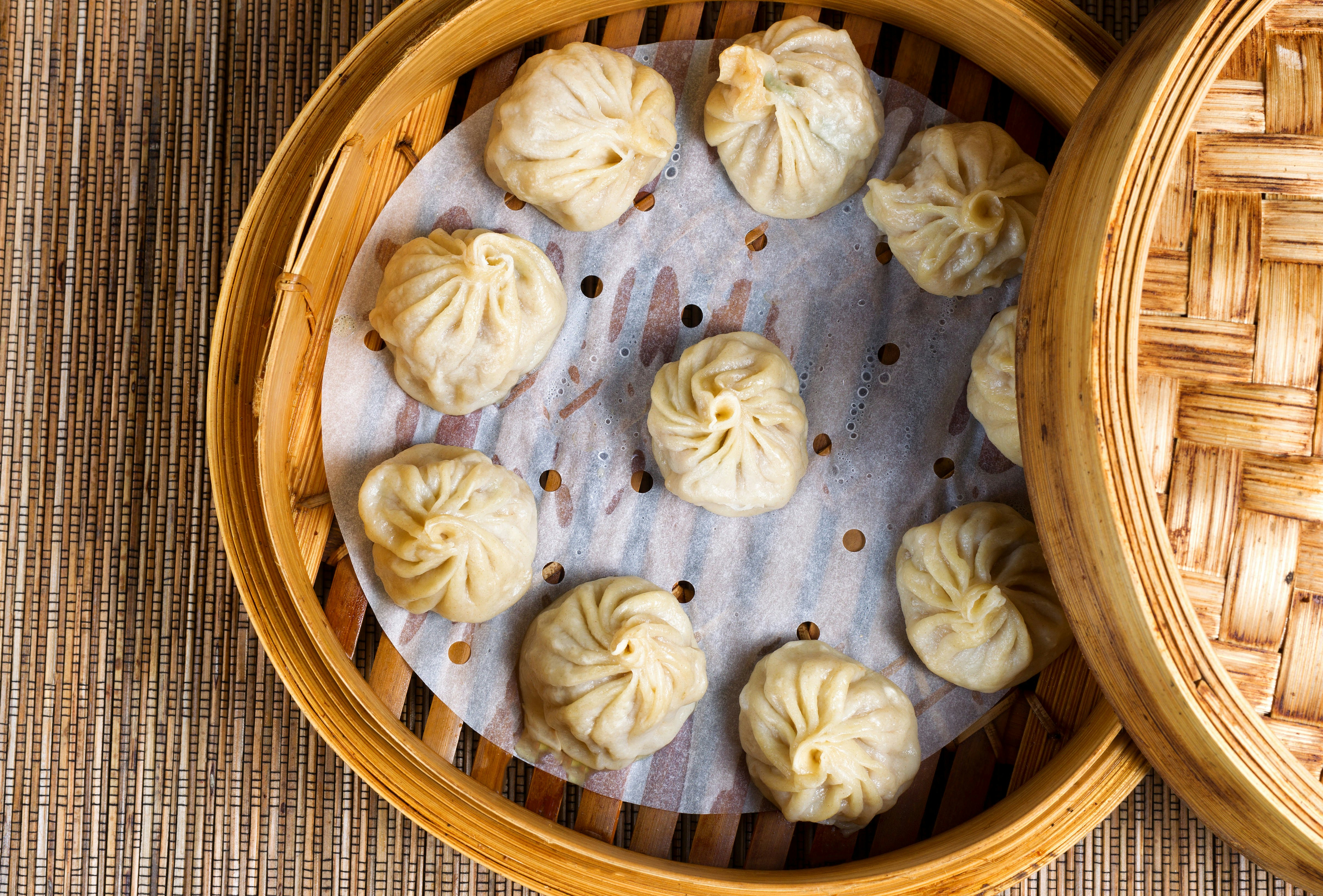
My favorite thing to do in Shanghai
Shanghai knows how to cook. Some of my best memories in my former home town are culinary, from scoffing hand-pulled noodles from a street vendor to bagging a table at the latest celebrity-chef haunt inside one of Pudong’s sky high towers. Nowhere in the world have I experienced dumplings as perfect as those made in Shanghai. Going in search of them, no matter if you’re eating shoulder to shoulder in a cafeteria or in an exquisite traditional dining room, is one of the easiest ways to get acquainted with Shanghainese cuisine.
Xiǎolóngbāo (little steamer buns) come in steaming lóng (steamer basket) and these mighty parcels are bursting with flavor. Traditionally they’re in a hand-twisted wrapper stuffed with crab and pork, which comes swimming in a soupy broth. The fun starts when you first attempt to eat them – it tests your chopstick skills to the limit. Don’t make the mistake of biting straight into the gooey parcels, you’ll get a burned tongue and a lap full of boiling soup. The trick is to dip the dumpling in vinegar, then hold it with your chopsticks over a porcelain spoon before biting a small hole in the side of the pastry. Then, suck out the soup and devour the rest of the dumpling.
How much money do I need for Shanghai?
Shanghai is one of the more expensive cities in China, but it’s very affordable compared to European and American cities. While it’s easy to drop a small fortune on ritzy hotel stays and designer clothes at the dozens of upmarket malls around the city, it’s also easy to travel on a shoestring, staying in hostels, using public transportation and eating Chinese food at local spots.
Dorm bed: ¥75–90 (US$10–12)
Single journey on the metro: ¥3–7 (US$0.50–1)
Double room: from ¥200 (US$28)
Cheap hole-in-the-wall restaurants, markets and street food: from ¥50 (US$7)
Museums: free entry to ¥50 (US$7)
Double room in a midrange hotel: ¥500–800 (US$70–110)
Lunch and dinner in good local restaurants: ¥80–200 (US$10–27)
Cocktails: from ¥80 (US$10)
Taxis: from ¥14 per local trip (US$2)
Double room in a top-end hotel: from ¥800 (US$110)
Lunch and dinner in top restaurants: ¥300 and up (US$40)
Shopping at boutiques: ¥300 and up (US$40)
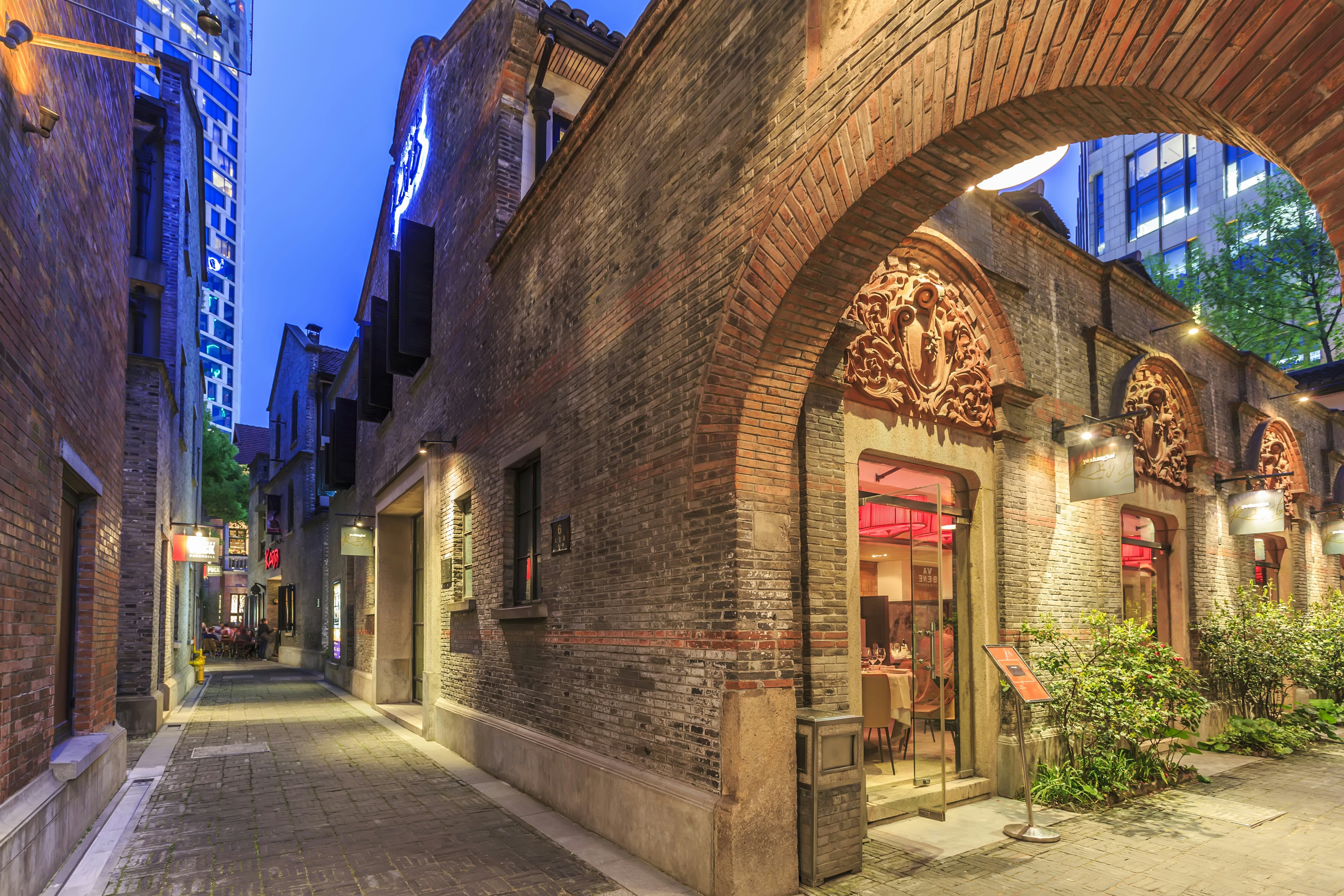
What essential tech do I need in Shanghai?
While credit cards are accepted in high-end restaurants and hotels, it’s virtually impossible to pay elsewhere without an app that scans payment QR codes and is linked to a bank account. All visitors should download one or both Chinese payment apps (Alipay and WeChat), and link the app to an international debit card before landing in China. Through these booking apps you’ll pay for taxis, cars and trains, plus restaurant bills, and items in stores.
A translation app is also useful, especially for scanning menus in Chinese. Download a VPN before arriving in China to access blocked websites (Google, WhatsApp, Instagram). Apple Maps is more reliable than Google Maps in Shanghai.
How much should I tip in Shanghai?
Don’t feel the need to add extra to any bill or service you take – a tipping culture doesn’t exist in Shanghai. In fact, employees can get in trouble for accepting tips. Tipping is not necessary, but if you tip, do it discreetly. Some high-end hotels do add a service charge.
What do I need to know about local etiquette?
While Shanghai may seem chaotic, somehow it’s orderly chaos. The wayward traffic flows, people are patient (you have to be in a city of 30 million people), there's rarely angry beeping from drivers and people expect their personal space to be invaded from time to time. Remain calm and go with the flow.
In conversation, avoid sensitive topics like politics, and try not to embarrass or make someone "lose face" (for example, by contradicting them in public). Never point at people, as it’s considered rude. Ask before you photograph someone. Present and receive things with both hands. Avoid pointing your chopsticks at someone or sticking them upright in a plate of food – it's bad manners and bad luck.
What should I pack for a trip to Shanghai?
On the whole, Shanghai is a casual city. Sneakers and jeans are great for exploring the city, which usually requires a lot of walking. At certain restaurants and bars people dress to impress. Upmarket hotels and restaurants may have smart–casual dress codes.







